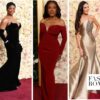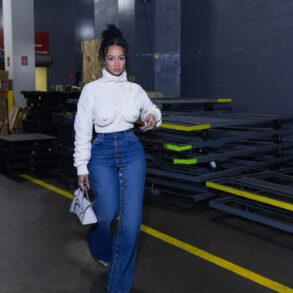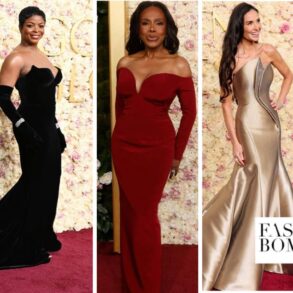In 2022, we compiled a list of the 25 most influential postwar women’s wear collections. To do the same for men’s wear, we first had to assemble a group of esteemed jurors: the Colombian-born French fashion designer Haider Ackermann; Emily Adams Bode Aujla, the American founder of Bode, a brand known for its vintage-inspired men’s wear; T’s men’s style director, David Farber; the New York-based stylist, creative consultant and T contributor Carlos Nazario; and the New York-based Canadian photographer and creative director Tommy Ton. This past April, on a video call that lasted almost three hours, the group debated the merits of 50 collections, with each panelist making the case for the 10 or so that they’d been asked to nominate beforehand. Although there were favorites (four jurors picked at least one Giorgio Armani and Comme des Garçons collection), there were also some upsets (the inclusion of Helmut Lang over his minimalist peers Calvin Klein and Jil Sander) and a few difficult conversations. Could the group, for example, justify putting Abercrombie & Fitch, a mall retailer with a checkered past, on the same list as Junya Watanabe and Dries Van Noten?

As we worked to cut the list by half, the goal was to identify a collection’s impact — whether that was reinventing the shape of the suit or challenging what it means to “dress like a man” in the first place. That the outcome would be somewhat subjective was a given; but as always, there were rules: Similar to the women’s wear list, which took Christian Dior’s postwar New Look as its rough starting point, anything before 1945 was disqualified. Nor did a collection need to have been shown on a runway. Everyone agreed not to include the designs of fellow panelists, which was difficult: Bode Aujla, whose garments mix workwear with traditionally female-driven crafts such as quilting and appliqué, has been named men’s wear designer of the year twice, in 2021 and 2022, by the Council of Fashion Designers of America; Ackermann, who’s known for his romantic draping and sharp tailoring, just became the new creative director of Tom Ford.
In the end, this list, which appears in roughly the order it was discussed — rather than in any kind of ranking — is weighted toward more recent offerings, but for good reason. For much of contemporary history, male dress codes reflected a rigid and increasingly outdated notion of masculinity. In 1950, John C. Wood, the president of Brooks Brothers, one of America’s oldest apparel companies, said to a reporter, “They call us conservative, but we think that our styles are simply lacking the bizarre.” Even into the 1960s, it seemed like men had two basic style options: Savile Row-style tailoring or a pair of jeans. But as the definition of manhood expanded, men’s wear became less predictable and more complex: In the 1970s, Vivienne Westwood’s tattered shirts and spiky leather jackets epitomized the nonconformity of the punk movement; the following decade, Jean Paul Gaultier put men in skirts when such a thing raised eyebrows. But it wasn’t until 2001 that the French couturier, who noticed his male clients getting pickier and more provocative about how they dressed, said, “The fashion world is now claiming that men are becoming more like women when it comes to clothes. … I like that idea.” For the most part, so did the panelists. — Nick Haramis
The conversation has been edited and condensed.
1. Giorgio Armani, Spring 1989
This post was originally published on this site be sure to check out more of their content.







